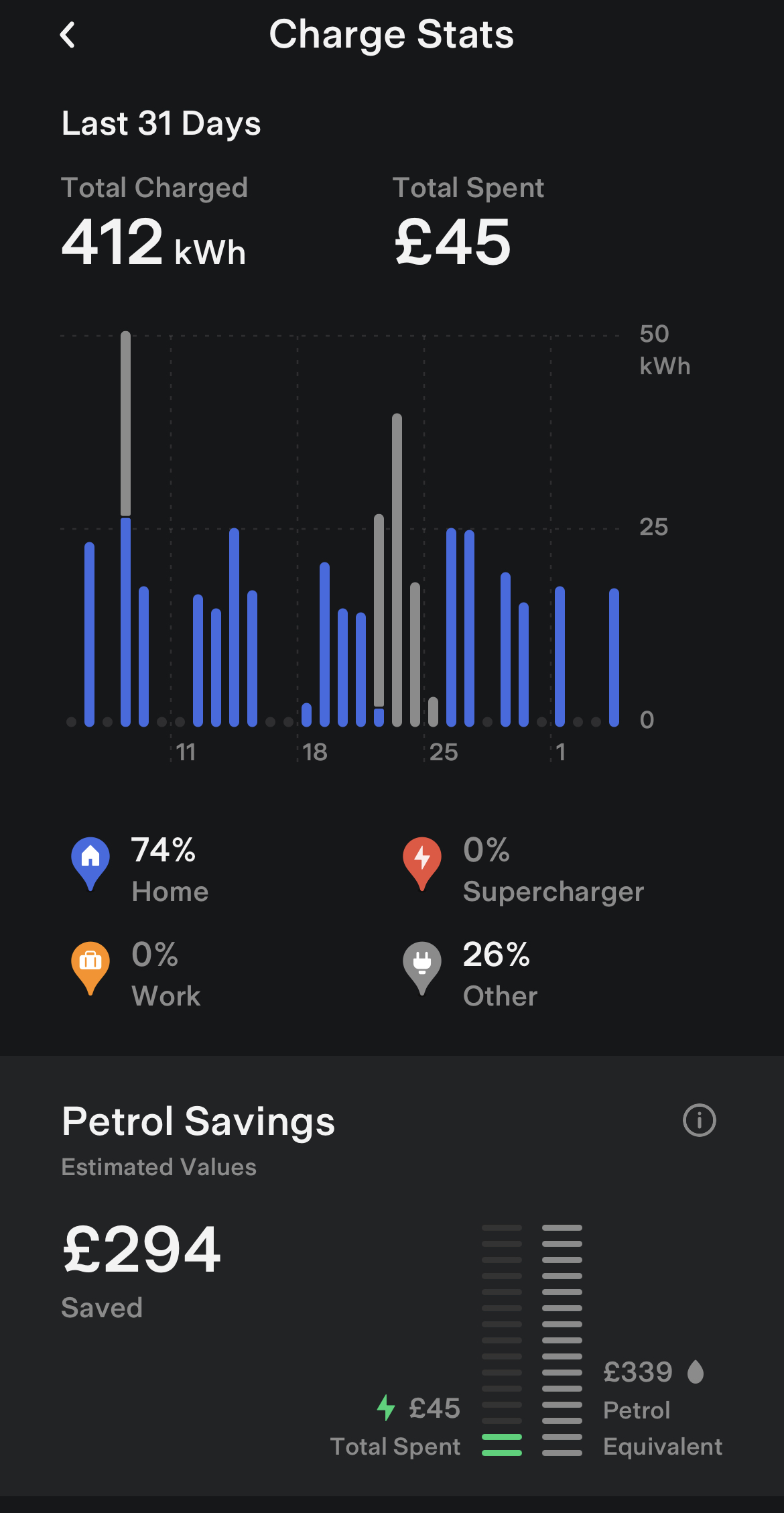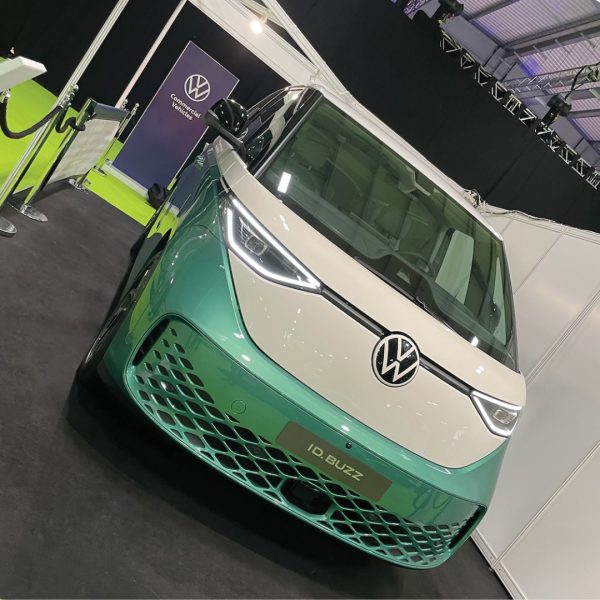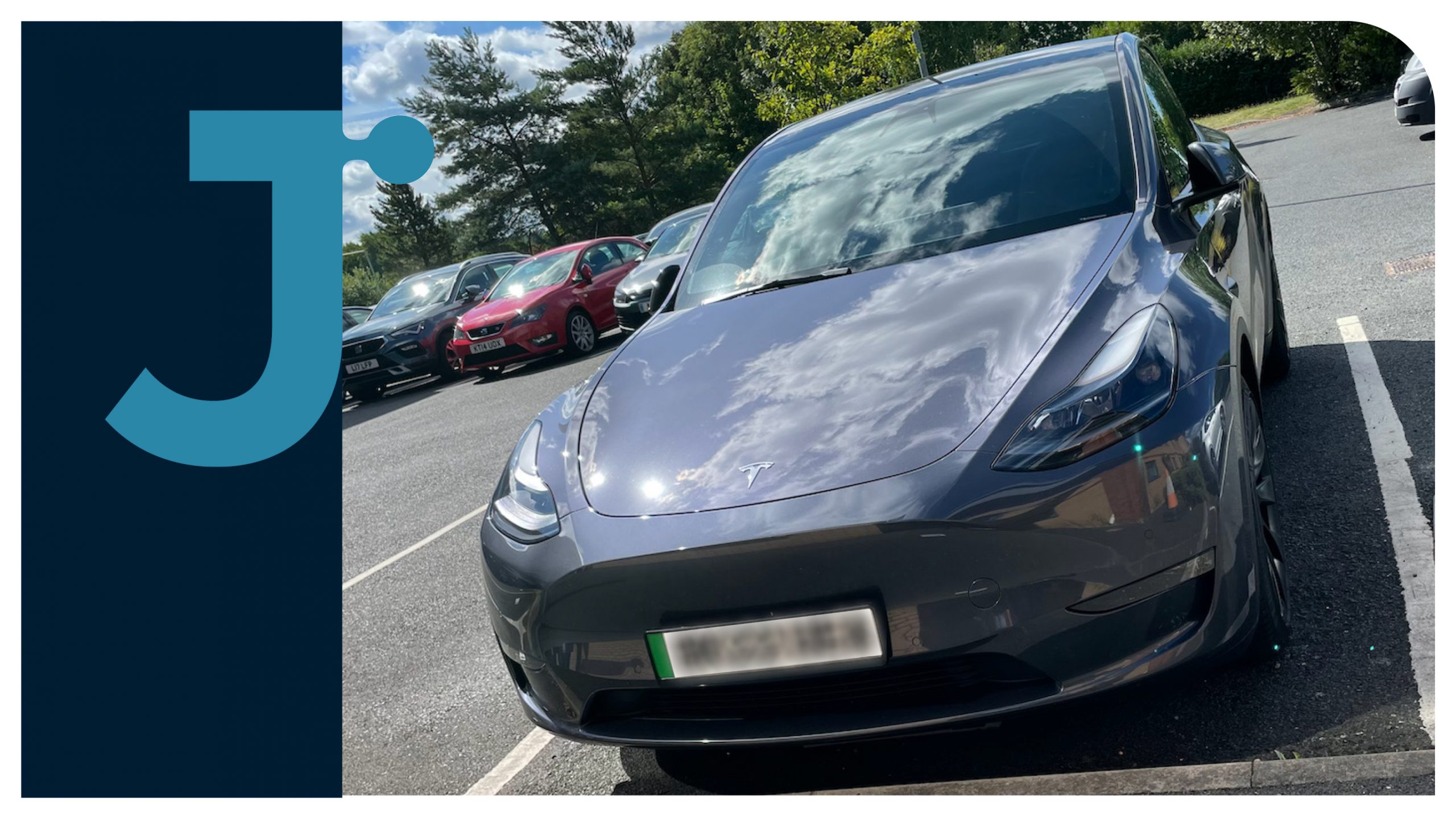The present growth of the EV market doesn’t look like it will slow anytime soon. So why are people investing in an electric car?
To answer that it is worth stating that I already own one and have been driving it since March 2022. Would I buy another, YES! Would I go back to a petrol or diesel car, NO!
So, what is the reasoning behind that?
There’s more choice in electric cars now than ever as the government pushes out new EV charges and
Fuelling an electric car is also more convenient because there are more options available, from public rapid charging to charging at home overnight.
Due to the current fuel crisis electricity is cheaper than petrol or diesel and it is better for the environment. However, is it worth it in the long run?
Electric car running costs
I ordered my new car in October 2019. Since then, the fuel prices have steadily risen and peaked at the crazy price of £2 per litre of diesel (My previous car’s fuel). That equates to 22p per mile (Averaging out at 40mpg).
The electric car charges on the Octopus GO tariff at 7.5p/kW and runs at an average of 2p per mile. Quite a difference! Based on my general 15,000 miles per year that gives a significant saving of:
Diesel: £3,300
Electric: £300
Sometimes I charge my car for under £2 to add a 30% charge. The app that accompanies the car gives me this monthly prediction based on charging points and equivalent petrol used. This cost does not include savings on Road Tax. Another £250 per year to add plus, low emission zone charges in areas such as London, Birmingham and Oxford.
The key to the EV is its range. I went with a car that can is advertised at 330-mile range. Real-world is around 280. More than enough for my day-to-day and business travel. I infrequently must stop at a supercharger to top up. Since March I think that I have used the supercharger 5 times.
The range will get better as the battery technology develops. Average use means that we rarely be charging on the go. I frequently do trips to Devon from the Midlands and arrive at my destination with 40%+ of charge remaining.
Charging Times
I overheard two gentlemen in their mid-thirties talking next to an electric charging point. They weren’t driving one, that was clear from the conversation. The conversation was “I won’t buy one of those, they take too long to charge.” What a load of nonsense!
The charging capacity is related to where you are charging and what you are using power-wise:
Fastest – Motorway services/Supercharger – Up to 200 miles in 15 minutes
Home (Wall charger) – Around 40 miles per hour. Most EV owners will go for a home wall charger. Installation can cost from £800-£1200 depending on the model and electrician. I went with the Myenergi Zappi. I programme mine to charge on the off-peak between 12.30-4.30 am. Top tips, only charge to 100% if you are going on a long journey. Aim to keep your battery between 50-90% to preserve its life.
Home (Granny charger/Mobile connector) – 3-4 miles per hour. It’s called a granny charger for a reason! It’s slow.
The key to charging is to plan what you are doing and when. I went with a Tesla due to their charging network and automated route planning. The car knows where it will get to and where it needs to charge. This is usually within 1-2%. The car automatically directs to the best charger (And the one that is free to use). It also prepares the battery for the fastest charge.
The charge times at the service stations are minimal. My last visit was 7 minutes. Just enough time for a comfort break. I must stop more than the car. See how many chargers are now available on the Zap Map.

Zero Emissions
There is a certain satisfaction in driving a car that doesn’t have an exhaust. I am very aware that electricity must come from somewhere. But selecting the right tariff and time of use ensures that the energy for the car comes from renewable sources. My tariff assures me of the 100% renewable sources.
Driving
One thing that you are never prepared for when driving an electric car for the first time is the acceleration. The high-end cars can do 0-60 in under 2 seconds. This is Bugatti Veyron territory. The average Nissan leaf will leave a lot of petrol cars dead at the lights. The current standard Tesla 3 and Y will reach 60 in sub 5 seconds. There were a few choice words used to describe the first few journeys. The car is now mostly driven in ‘chill’ mode. Some people do not like the lack of noise. Personally, I don’t miss it.
The automated systems are another addition that just seems straight from Sci-fi. The last few cars I have owned have had stepped developments on the technology. From lane assist to automated parking. The new generation cars from Mercedes and Tesla now can be driven autonomously. They can prepare themselves ready to drive at a time of your choice. Defrosting the screens, heating the seats, and preparing the batteries can all be done. Maybe watch Disney+ or Netflix while you wait.

What is the future of electric cars?
Electric cars are here to stay for the foreseeable future. The technology for mass role out of Hydrogen is still in the distance. There are several issues with Hydrogen that make it prohibitive. The charging network, storing Hydrogen, the green credentials of Hydrogen (different colour grades denote where it is derived from) and the availability of the car itself.
The electric car will become more of a part of the home than the separate entity it is currently viewed as. There are companies such as Indra in the UK that is developing a vehicle-to-home charger (V2H). This enables the 80kWh battery to be used to power your home. The battery in my car would keep my home going for 5-7 days. The flow of energy would be sent back to the car and topped up when there is solar energy available and or the cheap rate tariff.
We all need to reduce our carbon emissions if we are to reach Net Zero. The way that the climate has changed in my lifetime is very noticeable. Our mode of transport is one of the most effective ways of reducing this. Electrification does not have to cost the planet if it is from renewable systems. It can be one of the easiest ways to take more control of your CO2 emissions.


